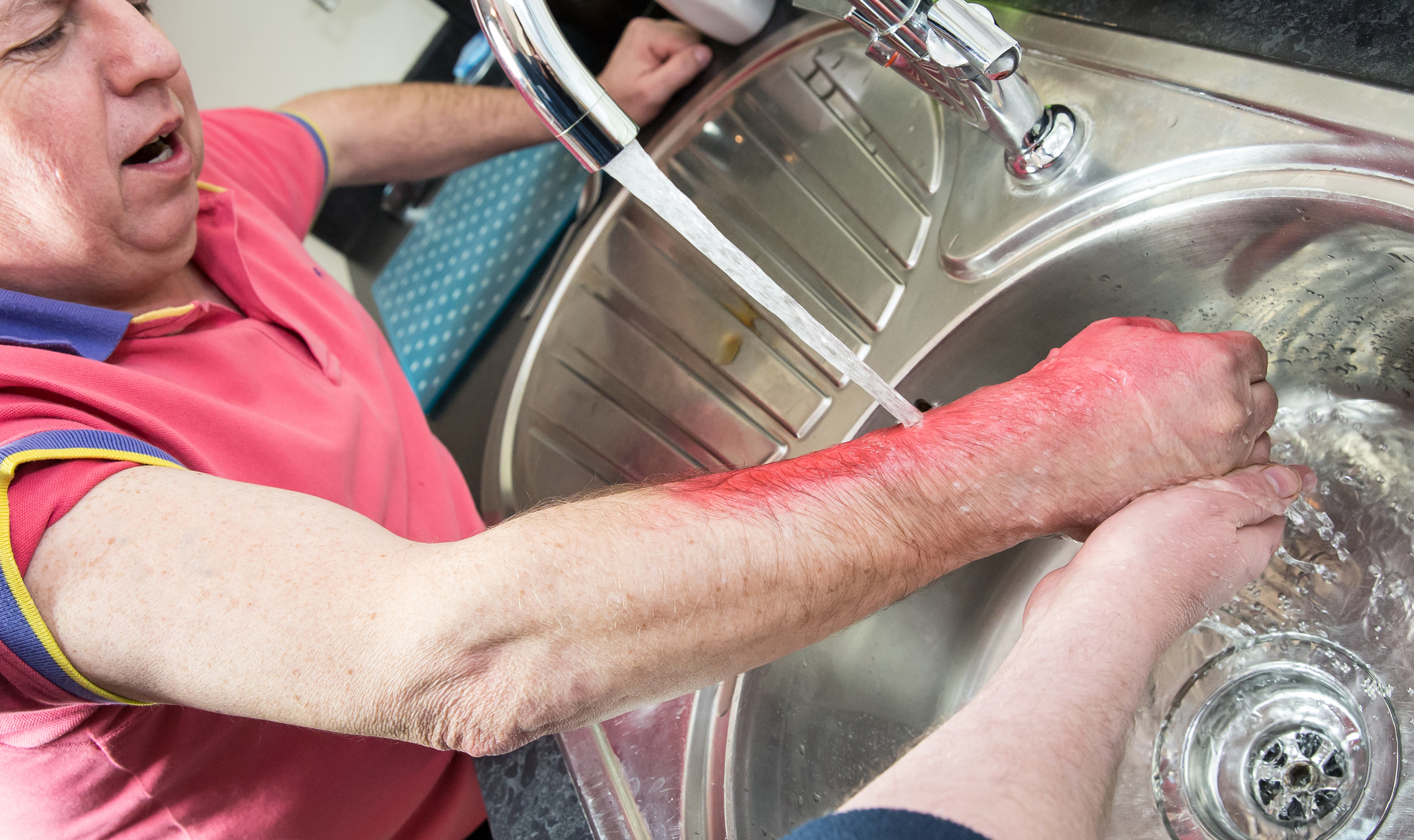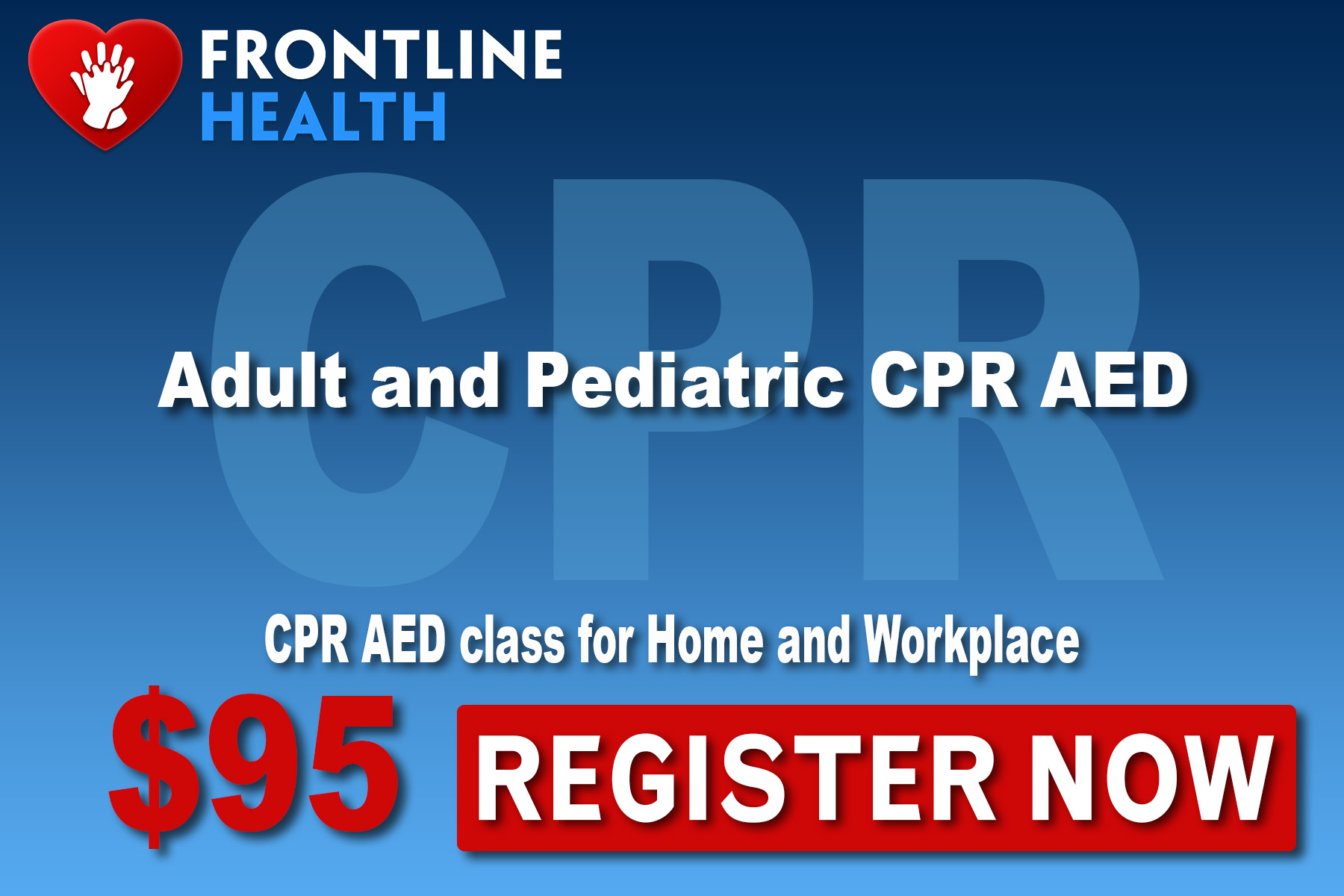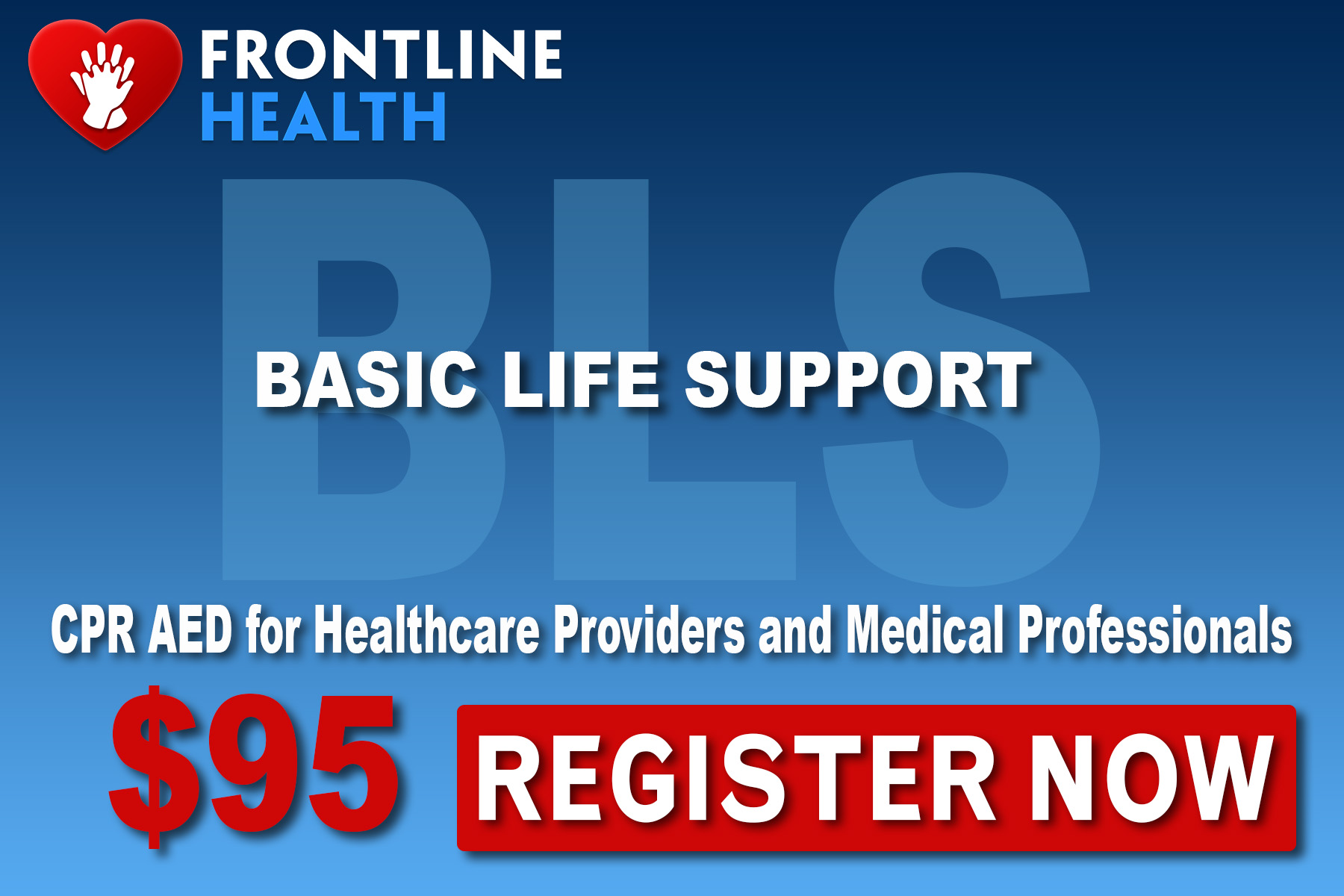Don't Use Butter! How to Safely Treat Burns.
- Jul 19, 2017
Sunday afternoon--- A curious toddler waddles into the kitchen, attracted by the smell of fresh homemade cooking. His wandering eyes fixate on the oven and the luring pot of bubbling liquid perched precariously on the edge of the stove-top. He makes a beeline for the pot handle sticking over the edge... just within his grasp... he leaps up and pulls the entire pot of boiling hot soup onto himself. His parents hear the sudden screams and bolt to the kitchen to find their toddler badly burned...What would you do to treat a burn?
Burns are very common. According to the American Burn Association, over 486,000 people received medical treatment for burns last year, and 40,000 victims were hospitalized.
Burns can be caused by contact with extreme heat, chemicals, radiation or electricity.
How do I know if a burn is severe?
Burns range from minor to severe. Severe burns, include:
Burns to children younger than 5 years old.
Burns to adults older than 60 years old.
Burns to the head, face, throat, hands, feet or genitalia.
Burns that cause difficulty breathing.
Burns from electricity; explosions; chemicals or radiation.
Burns covering a large part of the body.
In order from least to most severe:
First Degree (superficial):
Affects just the outer layer of the skin.
Skin may appear red or painful.
Usually not life-threatening, unless it covers a very large area of the body.
Examples include sunburns and minor burns from a stove.
Second Degree (partial thickness)
Penetrates deeper into the skin.
Skin will show blisters.
Can be serious or life-threatening if spread over a large area or affecting sensitive areas like the face, hands, feet, or genitalia.
Third Degree (full thickness)
Penetrates through multiple layers of skin to the muscle and bone beneath.
Skin may appear waxy, yellow or black.
Life-threatening.
If you suspect someone has a severe burn, Call 9-1-1 immediately.
How can I treat a Burn?
STOP ---> COOL ---> COVER
STOP the Burning Process.
If the person is on fire, tell them to stop, drop and roll until the fire is out.
Remove them from the source of the heat - douse the patient with water, if needed.
If clothing is not stuck to the skin, carefully remove the clothing from the burned area.
For chemical-powder burns - brush off any dry powders using a gloved-hand before rinsing with water.
For chemical liquids - flush the area with cool, running water for 15 minutes.
For electrical burns - turn off the electricity at its source before touching the patient.
Cool the Burned Area.
Irrigate the area as soon as possible with clean, cool water for at least 10 minutes or until the pain goes away whichever is longer.
Do NOT use ice. (It can damage a burned area).
Do NOT use butter or other ointments. (Greasy substances can trap in heat and cause worse damage).
Cover the Injury.
Using a clean and sterile dressing, cover the burned area to prevent infection and avoid the loss of body heat.
For severe burns or burns covering a large area of the body --> Treat for shock by covering the person with a blanket to keep them warm and call 911.
Summary: In the case of the toddler burned by soup, what would you do?
- Call or send someone else to call 9-1-1.
- Rinse the child with cool running water over the burned area for at least 10 minutes and remove clothing not stuck to the skin.
- After cooling the burns, cover the burned area with clean dressings.
- Given the large size of the burn, cover the patient with a blanket to keep them warm and treat for shock.
- Monitor the patient to see if they need CPR (9-1-1 operators can help you with this).
Empower yourself with real knowledge on how to treat a burn and respond to many other emergencies, register for a CPR First Aid certification course Today!
Burn | Care for burns | First Aid for Burns | Injury |




